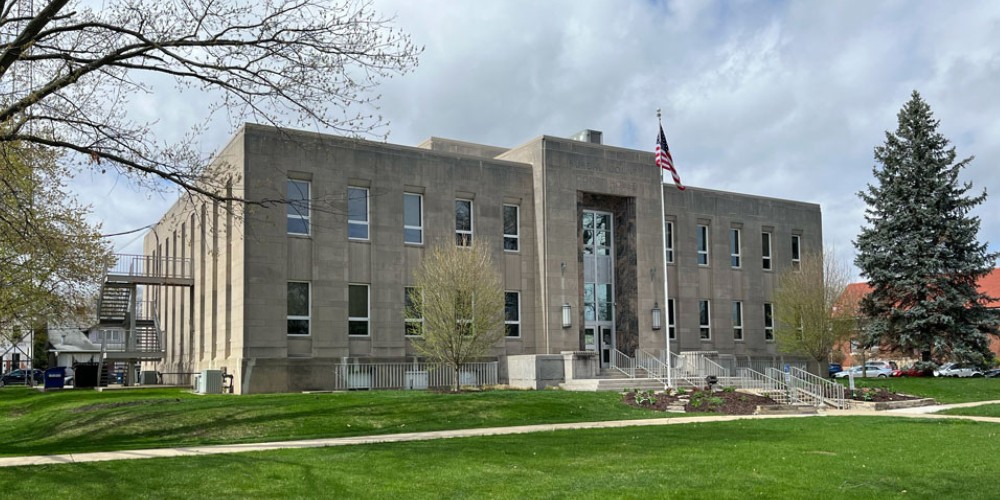
Active Lifestyle Tips To Keep You Energized Every Day
The way we move, eat, and rest shapes the vitality of our everyday lives. Many people search for active lifestyle tips because the pace of modern routines demands sustainable habits that fuel both body and mind. By integrating movement, mindful nourishment, and restorative practices, one can unlock a consistent sense of vigor. To dive deeper into actionable health strategies, you may find holistic fitness routines especially valuable, just as mindful readers explore wellness motivation guides and carefully curated energy-boosting meal plans to complement their personal journey.
Understanding Energy Beyond Caffeine
Most individuals equate energy with stimulants. The morning coffee, the afternoon energy drink, or the sugar-laden snack. While these deliver temporary sparks, they often result in steep crashes. True vitality stems not from external stimulants but from a body and mind nurtured through balanced living. Sustained energy involves cellular efficiency, regulated circadian rhythms, and emotional stability. A foundation built on simple yet profound practices creates resilience against fatigue.
The Core Role of Daily Movement
Movement is not confined to the gym. Everyday physical activity—walking to the market, climbing stairs, tending to household chores—plays a decisive role in maintaining energy. These seemingly trivial actions enhance blood circulation, elevate oxygen intake, and ignite metabolic functions. Humans are engineered for locomotion, and sedentary living interrupts this natural design. Even short bouts of stretching or brisk walking during work intervals can create profound shifts in stamina.
Food as an Energy Conductor
Nutrition serves as the conductor of the body’s orchestra. Every meal dictates not only physical performance but also mental acuity. Complex carbohydrates from whole grains, legumes, and fibrous vegetables provide gradual energy release, while proteins repair tissues and sustain satiety. Healthy fats from avocados, nuts, and olive oil stabilize hormones and enhance cognitive sharpness. Micronutrients, though often overlooked, drive enzymatic reactions essential for vitality. Magnesium, iron, and B vitamins, in particular, are indispensable for combating fatigue.
Hydration: The Silent Energizer
Dehydration masquerades as tiredness. Even slight fluid deficits impair concentration, mood, and endurance. Water, herbal teas, and foods with high water content are crucial for keeping energy stable. Electrolyte balance further influences muscle performance and neurological function. One simple habit—beginning the day with a glass of water—can set the tone for better hydration and improved vitality throughout the day.
Sleep: The Restoration Chamber
Without restorative sleep, no amount of exercise or nutrition can compensate for dwindling energy. Sleep is the body’s natural reset mechanism, during which tissues regenerate, hormones rebalance, and the mind consolidates memories. Seven to nine hours of high-quality sleep remain the gold standard. Practices such as minimizing screen exposure at night, maintaining a consistent bedtime, and creating a cool, dark sleep environment can dramatically improve rest quality.
Mental Fitness and Emotional Energy
Mental clarity influences physical energy more than most realize. Stress, unresolved conflicts, and mental clutter drain vitality even in a well-nourished and physically active body. Practices like meditation, journaling, or quiet walks allow mental rest and foster emotional stability. Positive social interactions, laughter, and meaningful connections function as natural energizers, reminding us that energy is as much emotional as it is physical.
The Power of Consistency
Energy thrives on routine. Sporadic efforts—an occasional workout, a fleeting attempt at clean eating—rarely produce long-term results. Consistency stabilizes internal systems, helping the body predict and prepare for cycles of exertion and rest. Small daily practices, repeated over time, lead to compounding benefits. A twenty-minute walk after dinner, preparing balanced lunches ahead of time, or scheduling fixed sleep windows become powerful allies in the pursuit of sustained vitality.
Practical Hacks for Busy Lifestyles
Time scarcity is the most common excuse for neglecting health practices. Yet small shifts in planning make all the difference. Preparing meals in bulk, engaging in “exercise snacks” such as push-ups during breaks, or walking meetings offer seamless integration of wellness into daily life. Public transport users can disembark a stop early and walk. Office workers can adopt standing desks. These minor tweaks collectively rewire energy levels, showing that health need not conflict with productivity.
Midday Energy Renewal
The hours after lunch often present the notorious slump. Instead of reaching for caffeine, individuals can utilize micro-naps, deep breathing exercises, or short outdoor walks. Natural light exposure resets the circadian rhythm and reinvigorates the mind. Consuming a balanced lunch with lean protein, healthy fats, and fibrous vegetables minimizes post-meal drowsiness. By reframing midday breaks as renewal opportunities, afternoons transform into productive and energized periods. To deepen the understanding of sustainable practices, readers may explore guides on long-term vitality strategies, which elaborate on maintaining wellness throughout changing seasons of life.
The Interplay of Technology and Lifestyle
While modern devices often contribute to sedentary habits, they can also be harnessed as wellness allies. Fitness trackers, reminder apps, and guided meditation tools offer accountability and structure. Monitoring step counts, heart rate variability, or sleep patterns provides valuable insights into lifestyle choices. Yet balance is essential; over-reliance on data can create stress, so technology must remain a supportive, not controlling, factor in daily routines.
Building a Personalized Routine
Every individual possesses unique energy rhythms. Some thrive in the early hours, while others reach peak productivity at night. Crafting a routine that honors these natural inclinations ensures harmony rather than resistance. Experimenting with various forms of exercise, adjusting meal timings, or tailoring relaxation practices enables the discovery of what fuels each person best. Personalized routines foster adherence and long-term success.
Seasonal Adaptations for Sustained Energy
Energy demands shift with changing seasons. Colder months often reduce outdoor activity, while warmer months invite more movement and hydration demands. Adjusting exercise, nutrition, and sleep routines to align with seasonal shifts prevents energy stagnation. For example, warming soups and grounding root vegetables suit winter, whereas refreshing fruits and lighter workouts complement summer. Awareness of these natural cycles enriches lifestyle strategies.
Community as an Energy Multiplier
Humans are inherently social beings. Shared activities—group workouts, communal meals, or volunteer projects—enhance accountability and infuse joy into health practices. Communities foster a sense of belonging, which amplifies motivation and energy. Even digital communities, when centered on encouragement rather than competition, provide inspiration to maintain consistency. Harnessing the collective power of group dynamics can transform personal routines into fulfilling rituals.
The Role of Purpose in Vitality
Purpose breathes energy into daily life. Individuals who anchor their routines to meaningful goals often display heightened stamina. Whether it is training for a marathon, raising a healthy family, or simply striving to age gracefully, purpose ignites perseverance. Energy wanes in the absence of meaning, underscoring that health is not merely physical upkeep but also spiritual nourishment.
Resilience Through Balanced Choices
Vitality is not the absence of challenges but the ability to navigate them gracefully. Life inevitably presents stress, illness, or unforeseen disruptions. Resilience arises from practices that buffer these events. A strong immune system, fortified through nutrient-dense foods and consistent rest, shortens recovery times. Mental resilience, built through mindfulness and perspective, enables adaptation without excessive energy depletion.
Living with Sustained Energy
Energized living is attainable for those willing to adopt intentional habits. It is the outcome of daily practices—movement, nourishment, rest, and reflection—woven into a tapestry of balance. The vitality that results not only supports productivity but also enhances joy, creativity, and presence. Every step, no matter how modest, contributes to this grand design of health.




